GK From Digestion and Absorption:
- Fatty acids which possess one or more double bonds in their hydrocarbon chain are called- Unsaturated fatty acids.
- Fats stored in special cells called- Adipocytes.
- Deficiency of Vitamin D, Calcium, and Phosphorous causes- Osteomalacia.
- Deficiency of which vitamin results in a decreased life span of erythrocytes- Vitamin E.
- Enlargement of thyroid gland results in- Goitre.
- ___________are essential for intracellular digestion- Lysosomes.
- Which cells secrete HCl also called gastric acid in Stomach- Oxyntic or Parietal Cells.
- Which is the second largest gland in the human body- Pancreas.
- Cow, Deer, Camel, and Buffalo possess which type of stomach- Ruminant Stomach.
- Which cells secrete mucus which lubricates the alimentary canal and food so helps in peristalsis and protects the mucosa from injury- Goblet Cells.
- The study of teeth is called- Odontology.
- The “duct of Parotid Salivary gland” is called- Stenson’s Duct.
- The initial step in the digestion of milk in humans is carried by- Renin.
- In man, Glisson’s Capsule is associated with the- Digestive System.
- The opening and closing of the Pyloric Valve are controlled by- HCl.
- In the embryo, the liver takes part in the synthesis of red blood corpuscles. This process is called- Haemopoiesis.
- Which vitamin requires the castle’s intrinsic factor for its absorption- Vitamin B12.
- Emulsified fat is broken down into fatty acids and glycerol by- Lipase.
- Prolonged deficiency of nicotine acid produces- Pellagra.
- Cyanocobalamine is required for the maturation of- RBCs.
- Bile salts act as activators of which enzyme- Lipase.
- The structural and functional units of the Liver are- Hepatic Lobules.
- Chylomicrons are formed inside- Enterocytes.
- The largest salivary gland in the human body is- Parotid Gland.
- Which cells produce the hormone gastrin- Argentaffin Cells.
- Scurvy or Sailor’s disease caused by the deficiency of- Vitamin C.
- Which is the main region where digestion and absorption of food occurs- Small Intestine.
- Which is the largest exocrine gland of the human body- Liver.
- Brunner’s glands found in the wall of- Duodenum.
- The opening of the hepato-pancreatic duct into the duodenum is guarded by a sphincter called- the sphincter of Oddi.
- Which cells of liver sinusoids act as phagocytes- Kupffer Cells.
- The wall of the small intestine bears crypts between the base of villi called- crypts of Leiberkuhn.
- Which Vitamin helps in the maintenance and growth of epithelial tissue-Vitamin A or Retinol.
- Which is the longest part of the small intestine- Ileum.
- Brunner’s glands secrete which hormones- Secretin & Cholecystokinin.
- Which enzyme digests proteins in the stomach- Pepsin.
- Secretion of Pancreatic juice is stimulated by- Secretin.
- The organ in the human body where glycogenolysis takes place is- Liver.
- Which organ in the human body produces motilin hormone for stimulating churning movement- Stomach.
- The opening of the bile duct into the pancreatic duct is guarded by- Sphincter of Boyden.
- Digestion of both starch and protein is carried out by- Pancreatic Juice.
- Fat-soluble vitamins are- A, D, E & K.
- Enterokinase takes part in the conversion of- Trypsinogen into trypsin.
- Which Vitamin required for the synthesis of prothrombin in the liver- Vitamin K.
- Who converts glycogen and starch into maltose- Pancreatic Amylase.
- Duodenum, Jejunum, and Ileum constitutes- Small Intenstine.
- Absorption of glycerol, fatty acids, and monoglycerides takes place by- Lymph vessels within villi.
- ______is absent in rats, birds, horses, and whales- Gall Bladder.
- Bilirubin (yellowish) and Biliverdin (greenish) are the- Bile Pigments.
- The backflow of faecal matter from the large intestine is prevented by the presence of- Ileo-caecal valve.
- Which causes contraction of gall bladder- Cholecystokinin.
- Gastric juice has a pH of about- 2.
- Aggregates of lymphoid tissue present in the distal part of the small intestine are called- Peyer’s patches.
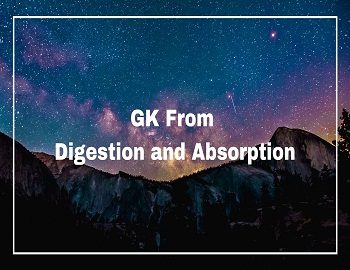


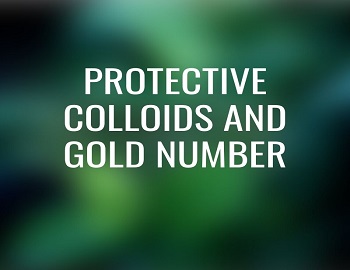
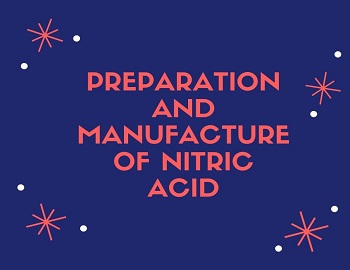

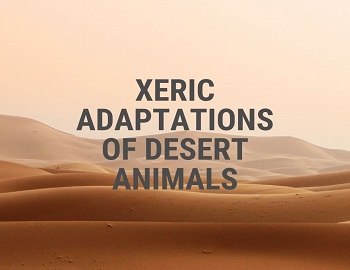
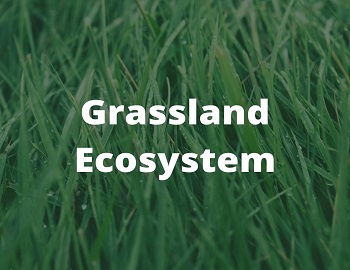

Comments (No)